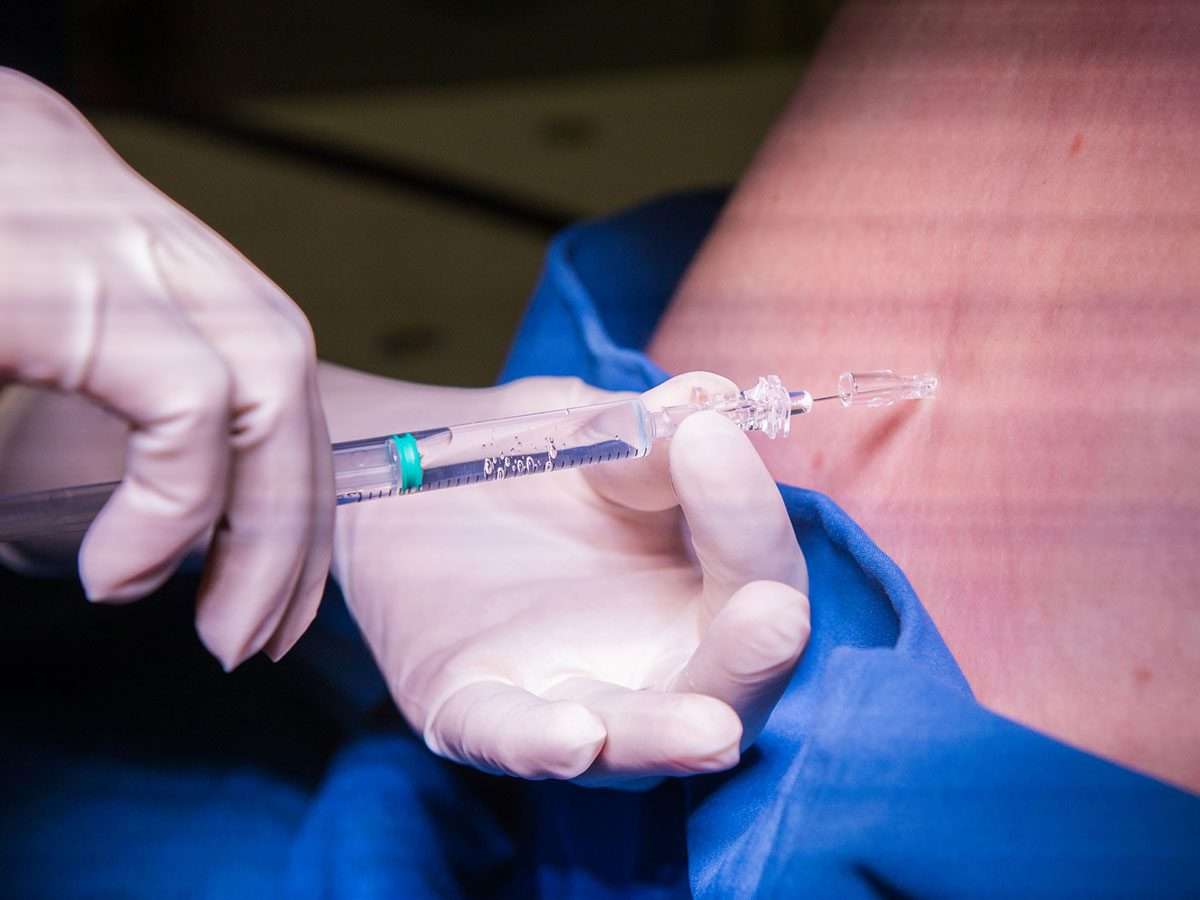An injection of medicine into the body is a pain management procedure performed under sterile conditions to treat inflammation and relieve pain. When the injection is into a joint, the purpose is to help improve mobility and function.
In addition to treating pain, an injection can help diagnose the source of the pain. The injection can help your doctor assess whether you could experience more extended relief from a different treatment, such as a nerve block.

Ankle Injection
The goal of the ankle injection is to help relieve pain and improve joint function. In addition, the injection can help your doctor assess whether a different treatment, such as a nerve block, could provide extended relief. Ankle injections may be a treatment option when over-the-counter pain relievers (such as aspirin and ibuprofen) are ineffective in treating ankle pain and if the patient suffers from significant mobility problems.
Caudal Steroid Injection
A caudal steroid injection can help treat low back and leg pain when the source of the pain is near the tailbone. The injection places steroid medicine (cortisone) into the caudal epidural space of the tailbone, which surrounds the nerve roots of the spinal cord.
The medicine in the injection is a combination of a steroid and a local anesthetic to reduce nerve inflammation. Stopping or limiting nerve inflammation helps reduces pain, and the body is better able to heal.


Cervical Steroid Injection
A cervical steroid injection can help with the pain management of nerve root compression in the neck, shoulders, and arms resulting from a pinched nerve in the cervical (upper) spine. Sometimes called a cervical epidural steroid injection, the procedure helps reduce the inflammation and pain associated with nerve root compression or inflamed nerves in the cervical spine. Cervical radiculopathy, commonly called a pinched nerve, occurs when a nerve in the neck is compressed or irritated. Treatment with an epidural steroid injection can help lessen the inflammation of the nerve root and ease the pain.
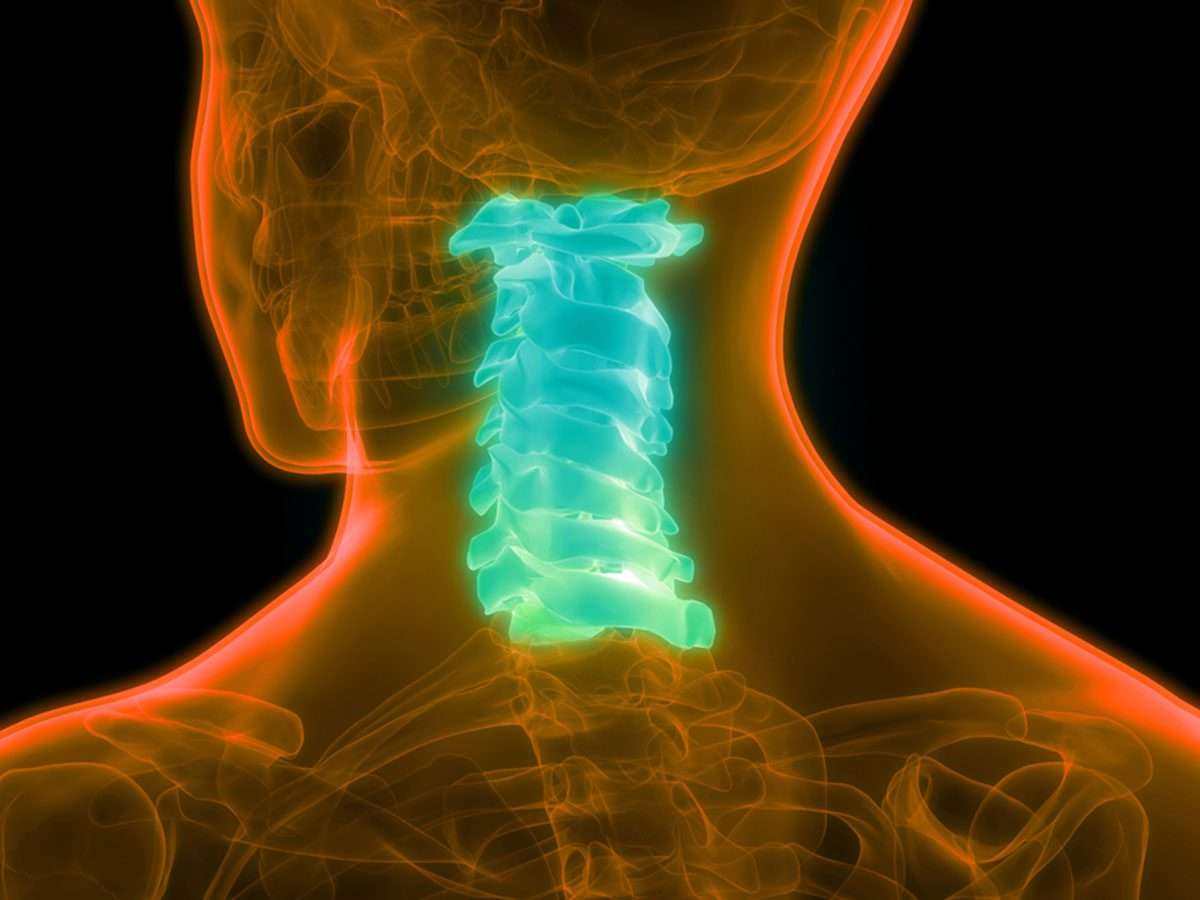
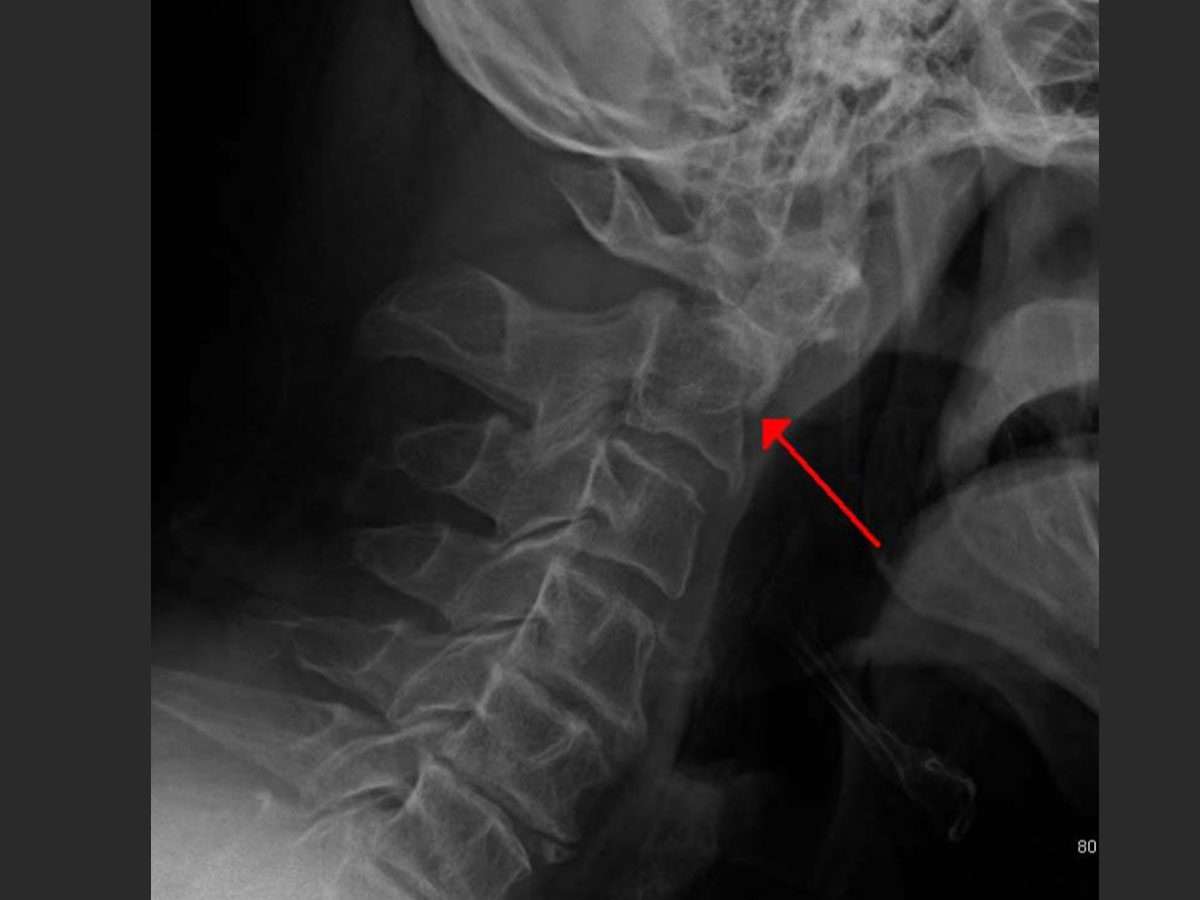
© Teach Me Anatomy
Epidural Steroid Injection
Epidural steroid injections quickly deliver pain medication to help treat neck, low back, and leg pain. It is called an epidural steroid injection because the injection consists of a local anesthetic and a steroid medication delivered directly to the epidural space of the spine that surrounds and protects the spinal cord and surrounding nerves.
Although the injection can help reduce inflammation and provide a degree of pain relief, the injection is almost always a temporary pain management technique. In addition to pain management, the injection can be a diagnostic tool to help locate the source of pain.
Facet Injection
A facet injection can help treat back and neck pain. The procedure involves injecting a small amount of local anesthetic (a numbing agent) and a steroid medication to coat the facet joints of the spine and block pain signals from reaching the brain.
Healthy facet joints are lubricated in synovial fluid to reduce friction, allowing the spine to bend, flex, and twist. However, like other joints, they can become painful due to arthritis, an injury, or mechanical stress to the back.

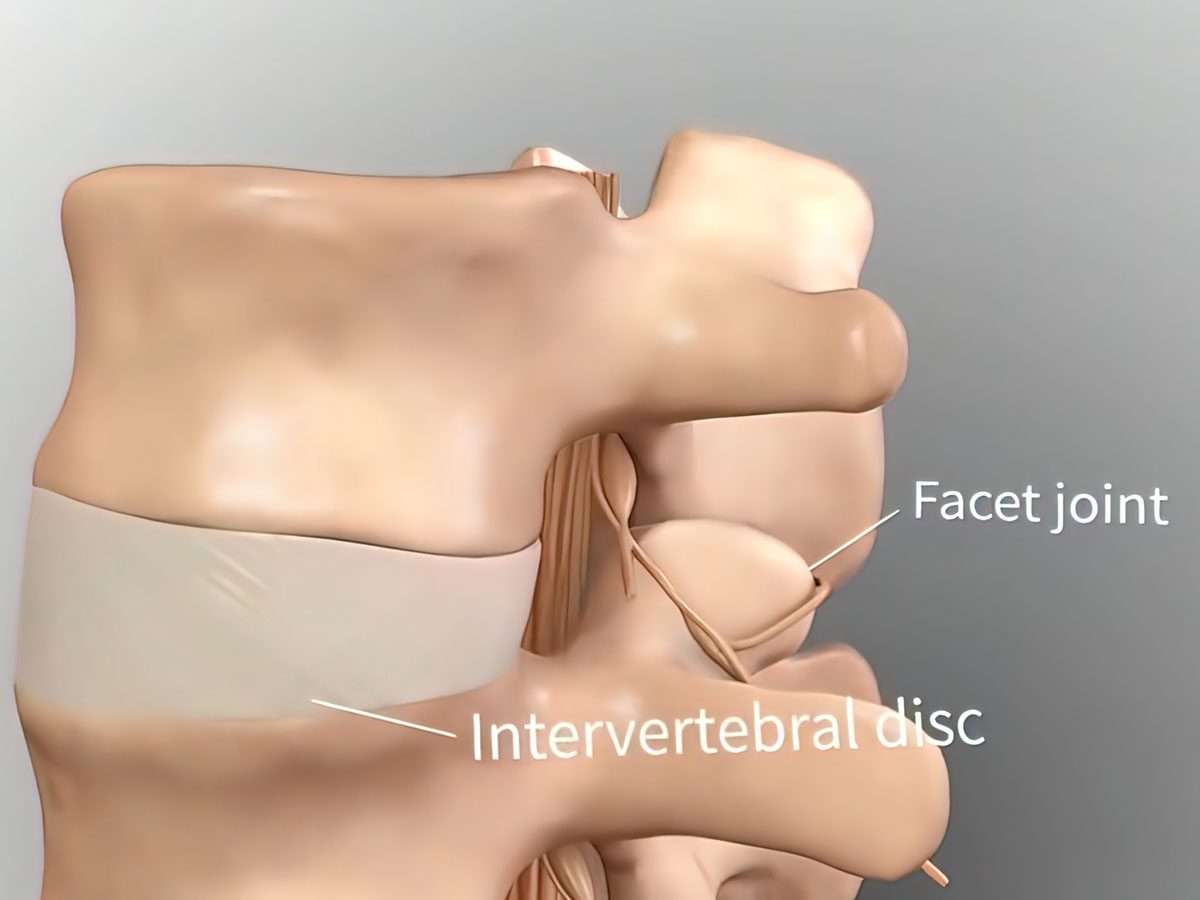
Hip Injection
Hip injections are used to diagnose and help provide pain relief caused by arthritis, injury, mechanical stress, or other damage to the hip joint. The procedure is an in-office pain management procedure for treating certain types of chronic pain. The minimally invasive procedure injects medicine into the joint where the leg joins the pelvis. The type of medicine will depend on the specific cause of the pain. The injection generally consists of a time-release, numbing medication that helps reduce inflammation and may provide long-term pain relief.

Joint Injection
A joint is where two or more bones connect to allow movement. The human body contains over 300 joints (there are 29 major joints in each hand). A joint injection can help reduce the pain caused by inflammation (arthritis), bursitis, infection, tendonitis, and injury. Any part of a joint (bone, muscle, tissue, or cartilage) can be the pain source.
A steroid injection given directly into the affected joint can be effective when other treatments and medications do not provide relief. Steroid injections are most commonly used to treat arthritis, joint disease, and tendinitis. The procedure is helpful, but the effect is only temporary in most situations.

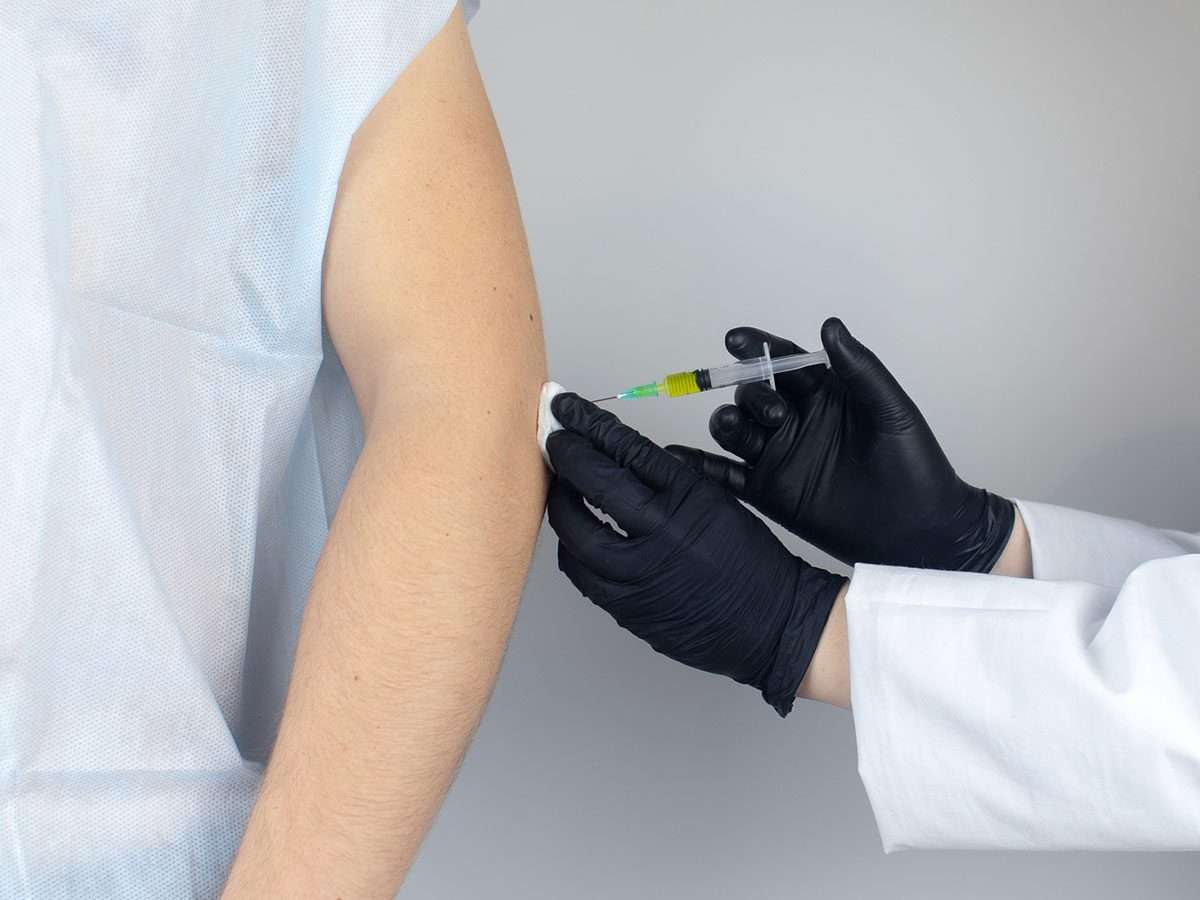
Knee Injection
A knee injection places lubricating medicine into the knee so the bones can again glide smoothly and help reduce the pain of arthritis. The injection consists of a gel-like fluid to supplement the synovial fluid that naturally lubricates the knee joint. Some patients may require more than one injection over a series of visits to obtain maximum benefits from the procedure.

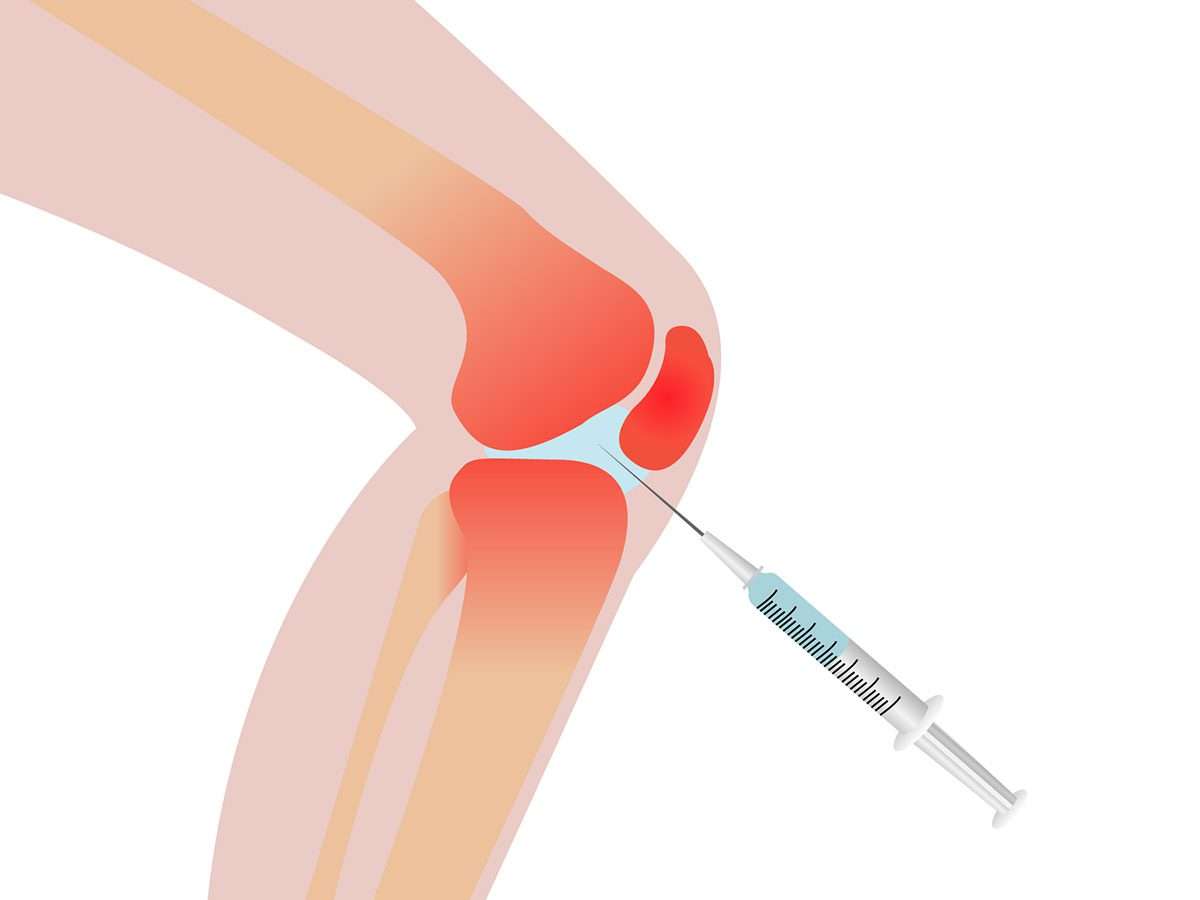

Sacroiliac Joint Injection
A sacroiliac joint steroid injection can help relieve the pain resulting from arthritis in the sacroiliac joint where the spine and hip bone meet. For example, pain that occurs when standing from a sitting position in the lower back could be from one of the sacroiliac joints. There is one joint on each side of the spine linking the pelvis (iliac bone) to the sacrum (lowest part of the spine above the tailbone). The procedure injects medication into the area to help reduce swelling and inflammation in the joint.
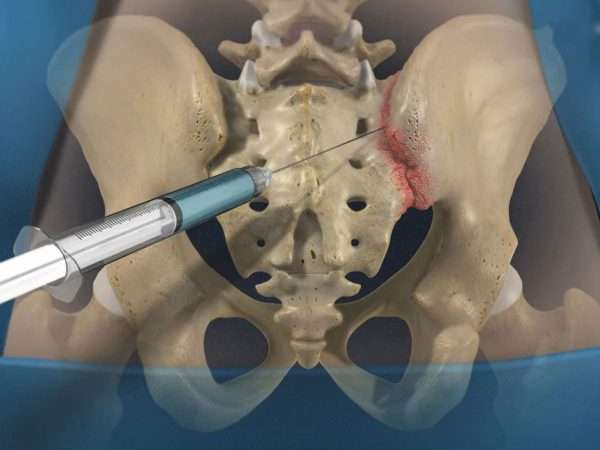

© Teach Me Anatomy
Trigger Point Injection
Trigger point injections can help relieve muscle pain that does not respond well to other pain management treatments. The injection is primarily used to treat arms, legs, lower back, and neck muscles. They are also used to treat fibromyalgia, tension headaches, and myofascial pain syndrome that does not respond to other treatments.








